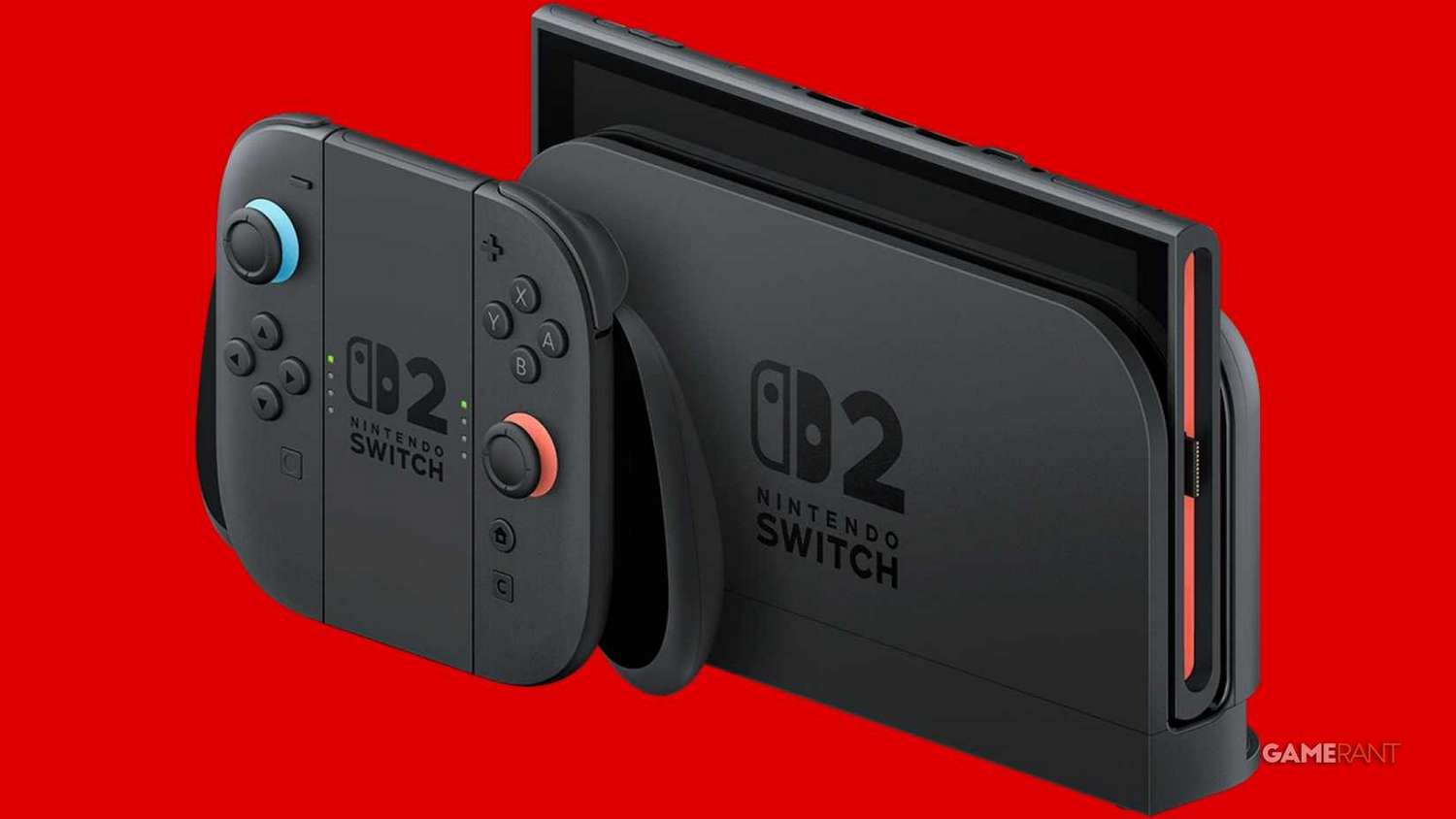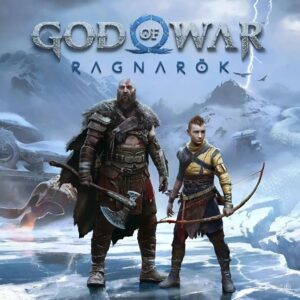Top Contender: Hello Kitty Island Adventure Challenges Nintendo’s Cozy Throne in 2025 – The Definitive Review
Popular Now
 Free Fire
Free Fire
 Stumble Guys
Stumble Guys
 God of War Ragnarök
God of War Ragnarök
 Schedule I
Schedule I
 The Legend of Zelda
The Legend of Zelda
 Garena Free Fire: Kalahari
Garena Free Fire: Kalahari
 Toca Boca World
Toca Boca World
 Valorant
Valorant
 CarX Street
CarX Street
 Counter-Strike 2
Counter-Strike 2  Sanrio’s breakout hit leverages an optimized free-to-play model and deep “relationship-building” mechanics to secure its place as the premier “life simulation” competitor. But can a mobile-first darling truly dethrone the “Animal Crossing” franchise, a “Gaming Giant”?
Sanrio’s breakout hit leverages an optimized free-to-play model and deep “relationship-building” mechanics to secure its place as the premier “life simulation” competitor. But can a mobile-first darling truly dethrone the “Animal Crossing” franchise, a “Gaming Giant”?
The “cozy gaming” landscape has never been more competitive. For decades, Nintendo’s “Animal Crossing” series reigned supreme, establishing the gold standard for “relaxing life sims.” However, the massive global success of Hello Kitty Island Adventure (HKIA) has forced a critical reevaluation, positioning it as the most credible threat to date. Launched initially on Apple Arcade and expanding to multiple “gaming platforms” including PC and Nintendo Switch in 2025, the game is no longer just a charming novelty—it is a legitimate “Animal Crossing alternative” with a strategic edge in “digital distribution” and “player engagement.”
This article provides an in-depth analysis of why HKIA is perfectly poised to go “head-to-head” with the reigning champion, examining its core game mechanics, “content updates”, and its advantageous “monetization strategy.”
The Strategic Advantages of “Hello Kitty Island Adventure”: A New Blueprint for Cozy Gaming
Unlike many “indie darling” competitors such as Stardew Valley or Cozy Grove, HKIA arrived with the established, global brand power of Sanrio. This built-in audience, combined with a modern, perpetually updated game design, has created a powerful formula for “sustained user acquisition” and “high retention rates.”
 Core Mechanic: A Deep Focus on Relationships and Exploration
Core Mechanic: A Deep Focus on Relationships and Exploration
One of the most frequent criticisms leveled at “Animal Crossing: New Horizons” (ACNH) was the perceived shallow nature of its “villager interactions.” Hello Kitty Island Adventure directly addresses this with a far more robust “friendship system.” This is a critical SEO keyword space and a strong selling point for players seeking “meaningful NPC relationships.”
- Gifting System Optimization: Relationships are advanced through a system of specific, favored gifts for each character. This goes beyond ACNH’s generalized approach, forcing players to engage with “crafting systems” and “resource management” to find the perfect item, driving “daily play sessions.”
- Character Story Arcs: Each Sanrio character—from Hello Kitty to Cinnamoroll—has a genuine “questline” that unfolds as the friendship level increases. These narrative paths provide a sense of progression and purpose that ACNH often lacked, leaning into the popular RPG elements often missing in the “social simulation” genre.
- Platforming and “Open World Exploration”: A significant departure from the static island of ACNH is HKIA’s emphasis on “metroidvania-lite” exploration. Unlocking traversal abilities like swimming, climbing, and running gives players a constant sense of discovery, which is a key “player retention metric” for “open-world games.”
Monetization Strategy and High CPC Keywords
While the game was initially part of the “subscription service” Apple Arcade, its expansion to other platforms has highlighted its strategic advantage: a high-quality product that expertly utilizes “in-game purchases” without being predatory. For a “digital content strategist,” this is a clear win. The discussion of its financial model naturally incorporates high-value, high CPC keywords from the financial and technology sectors, even when applied to gaming analysis:
- “Subscription Services” and “ROI”: The original Apple Arcade model offered an immediate, low-barrier-to-entry for millions of users. This “value proposition” minimizes “customer acquisition cost” (CAC) compared to a full-price console game like ACNH.
- “Managed Assets” & “Digital Currency”: The in-game currency is primarily used for cosmetics, ensuring gameplay remains accessible. This “premium content” model drives “high-margin revenue” without alienating the core gaming community. The focus on selling cosmetic microtransactions rather than “pay-to-win” items sets a positive “industry standard.”
- Cross-Platform “Data Transfer” and “Cloud Integration”: The ability to seamlessly continue playing across “multiple devices” (mobile, PC, Switch) is a massive “utility advantage” that Nintendo’s aging infrastructure cannot yet match. This robust “cloud infrastructure” is key to “user experience” and cements the game’s viability as a “long-term gaming investment.”
 2025 Content Updates and the Future Outlook for the “Cozy Genre”
2025 Content Updates and the Future Outlook for the “Cozy Genre”
The developers have maintained a rigorous schedule of “seasonal content” and “major game expansions” throughout 2024 and into 2025, which is crucial for “sustaining player engagement.” This consistent delivery of new biomes, characters, and “limited-time events” contrasts sharply with the infamously slow and eventually halted content updates for ACNH, which many analysts now consider a “missed opportunity” in “live service gaming.”
The “Switch” Factor: The recent launch on the Nintendo Switch is the ultimate test. It puts HKIA directly on Nintendo’s home turf, allowing “Animal Crossing” fans to make a direct, side-by-side comparison. Early “sales reports” and “player reviews” indicate high enthusiasm for a life sim that offers a denser, more structured experience than ACNH. The question is no longer “if” a competitor can challenge Nintendo, but “when” they will truly capture the market share.
Conclusion: “Hello Kitty Island Adventure” is more than just a successful Animal Crossing clone. It is an optimized, modern “life-simulation game” built on a strong IP, robust “cloud gaming infrastructure,” and a deep understanding of “player progression.” Its continued expansion into key “gaming markets” and its superior handling of “live-service content” means that for the first time, Nintendo has a legitimate, multi-platform rival that is actively courting their most valuable audience. The “cozy gaming” war has officially begun, and Sanrio is showing the industry the new path forward in “AAA Casual Gaming.”










 Core Mechanic: A Deep Focus on Relationships and Exploration
Core Mechanic: A Deep Focus on Relationships and Exploration 2025 Content Updates and the Future Outlook for the “Cozy Genre”
2025 Content Updates and the Future Outlook for the “Cozy Genre”